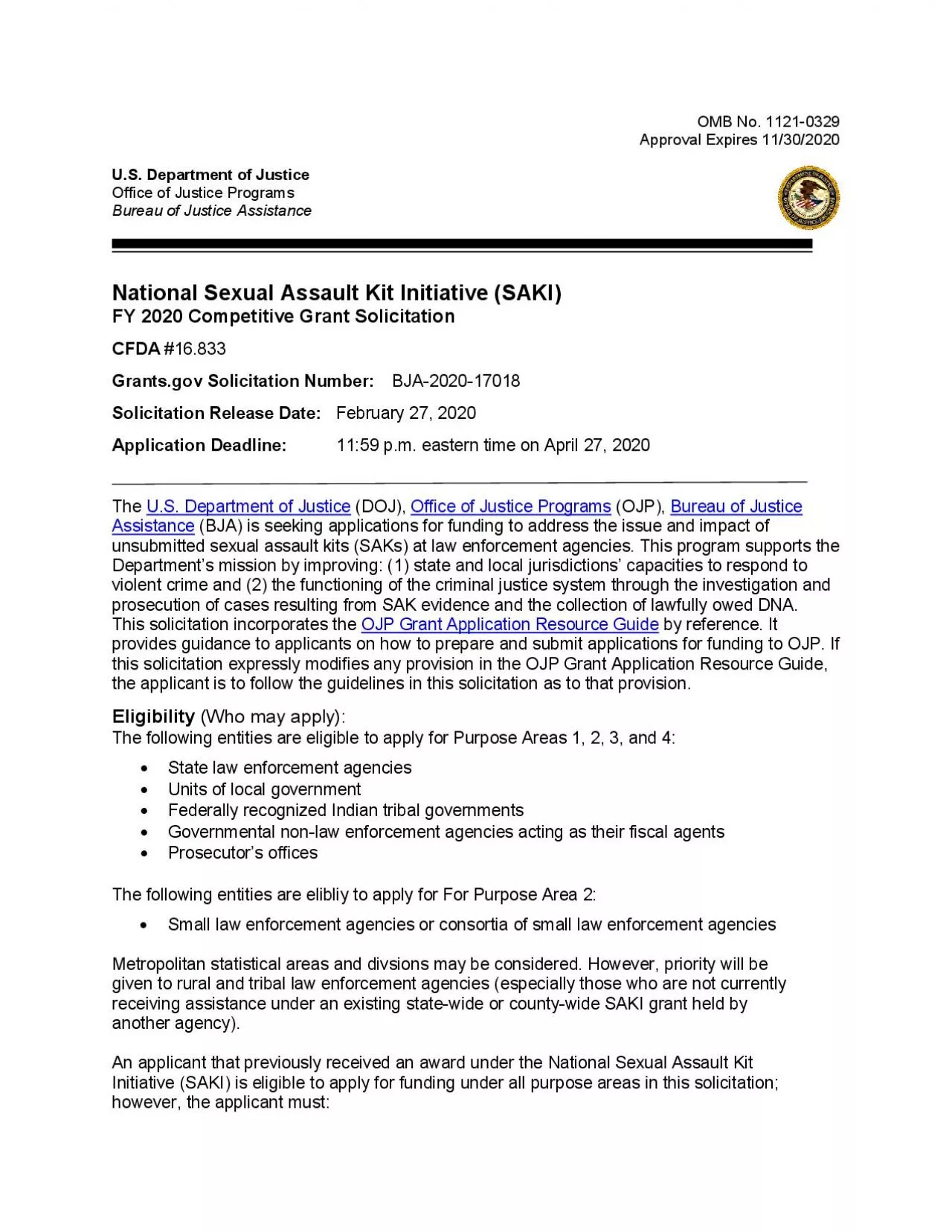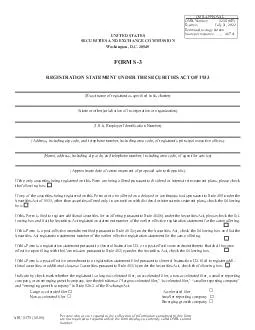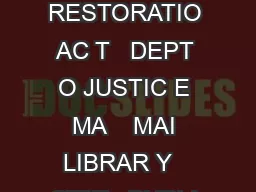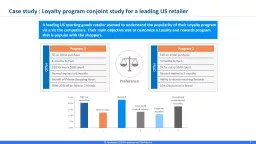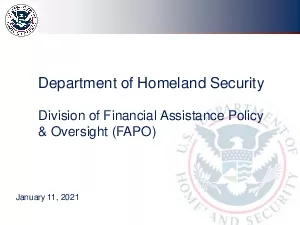PDF-OMB No. 11210329 Approval Expires 11/30/2020 U.S. Department of Justic
Author : mia | Published Date : 2020-12-07
National Sexual Assault Kit Initiative SAKI FY 2020 Competitive Grant Solicitation CFDA 16833 Grantsgov Solicitation Number BJASolicitation Release Date February
Presentation Embed Code
Download Presentation
Download Presentation The PPT/PDF document "OMB No. 11210329 Approval Expires 11/30/..." is the property of its rightful owner. Permission is granted to download and print the materials on this website for personal, non-commercial use only, and to display it on your personal computer provided you do not modify the materials and that you retain all copyright notices contained in the materials. By downloading content from our website, you accept the terms of this agreement.
OMB No. 11210329 Approval Expires 11/30/2020 U.S. Department of Justic: Transcript
Download Rules Of Document
"OMB No. 11210329 Approval Expires 11/30/2020 U.S. Department of Justic"The content belongs to its owner. You may download and print it for personal use, without modification, and keep all copyright notices. By downloading, you agree to these terms.
Related Documents

